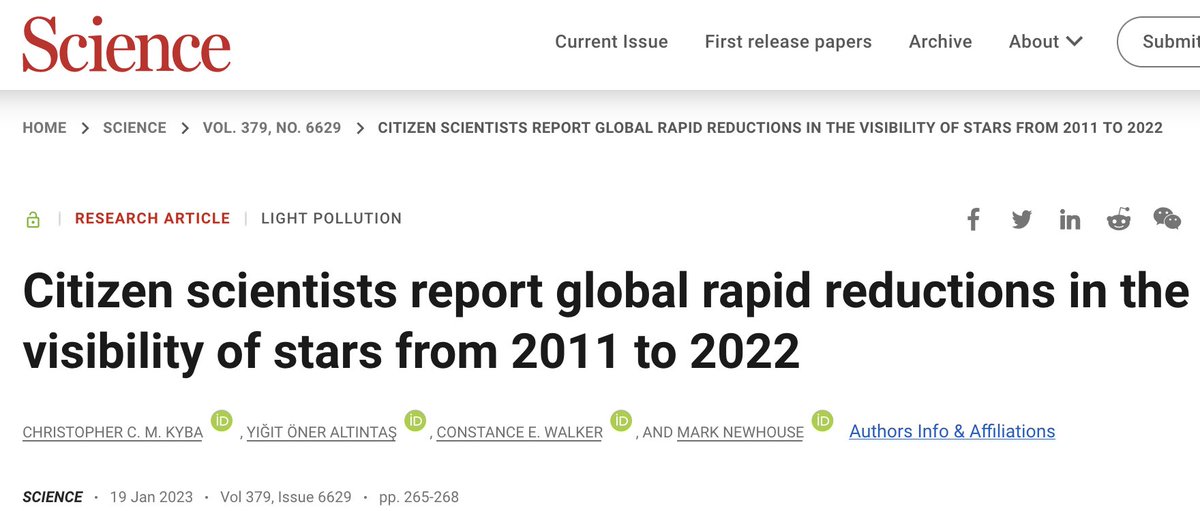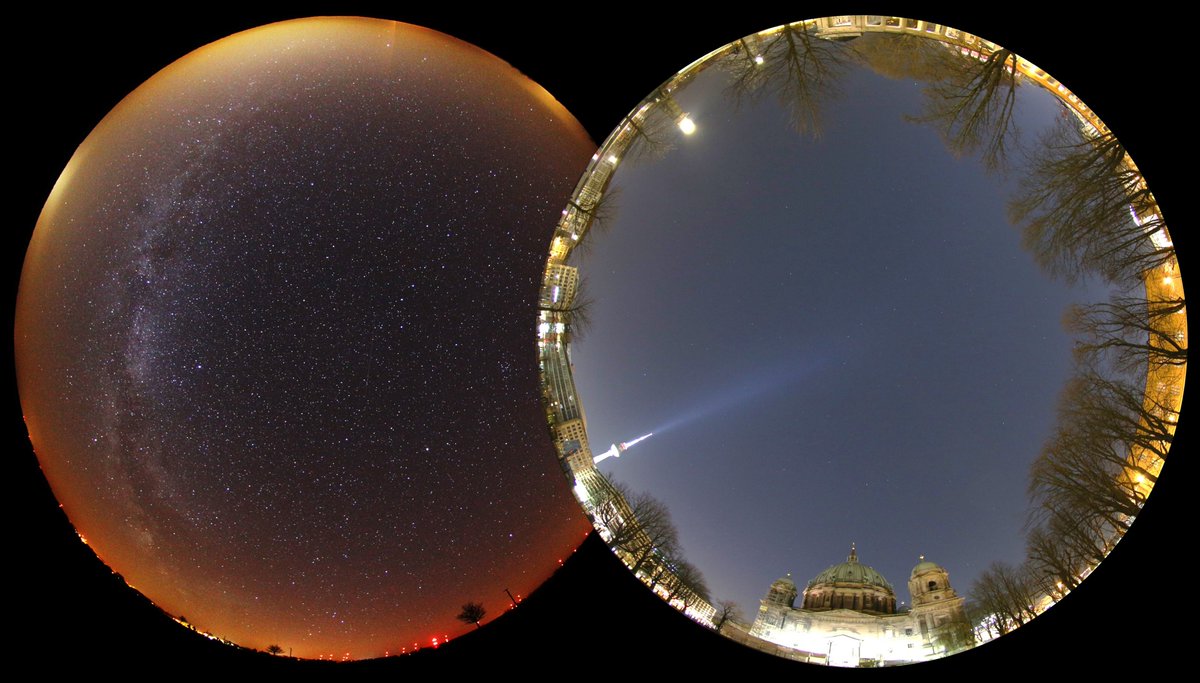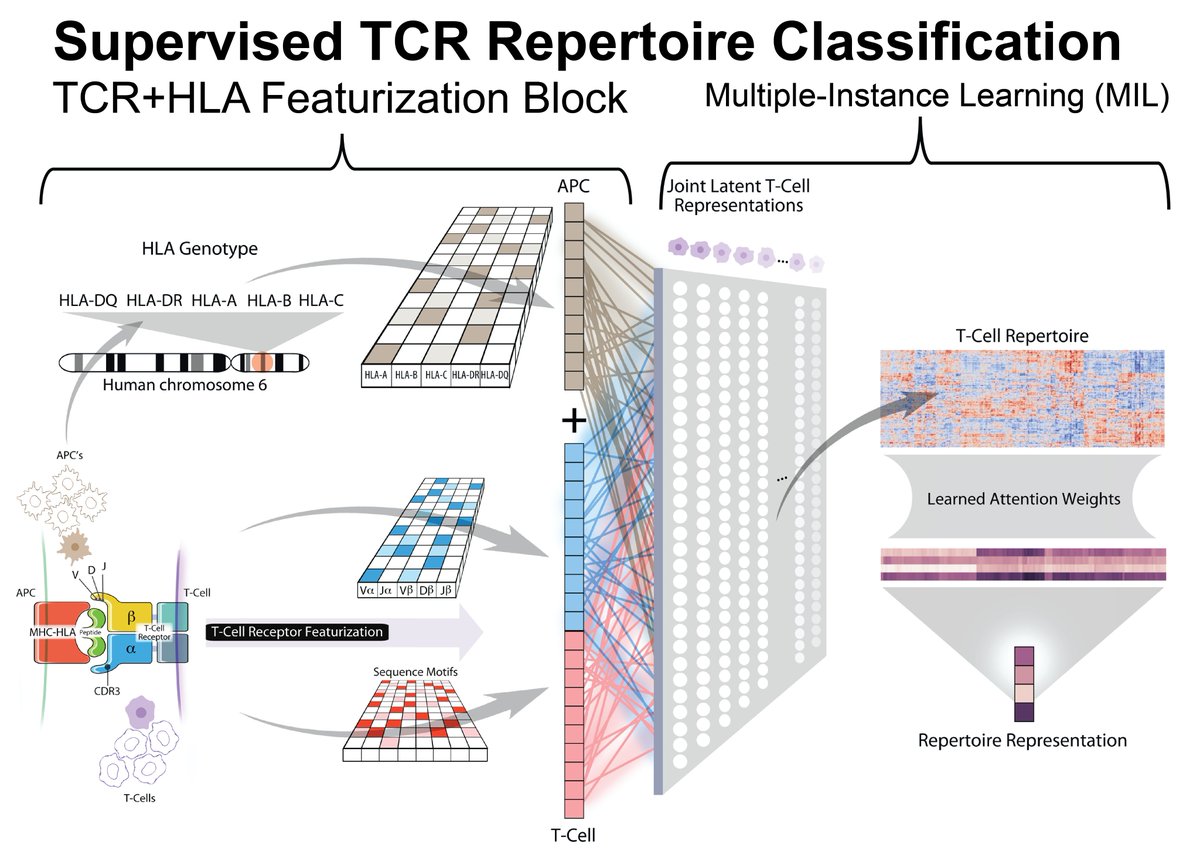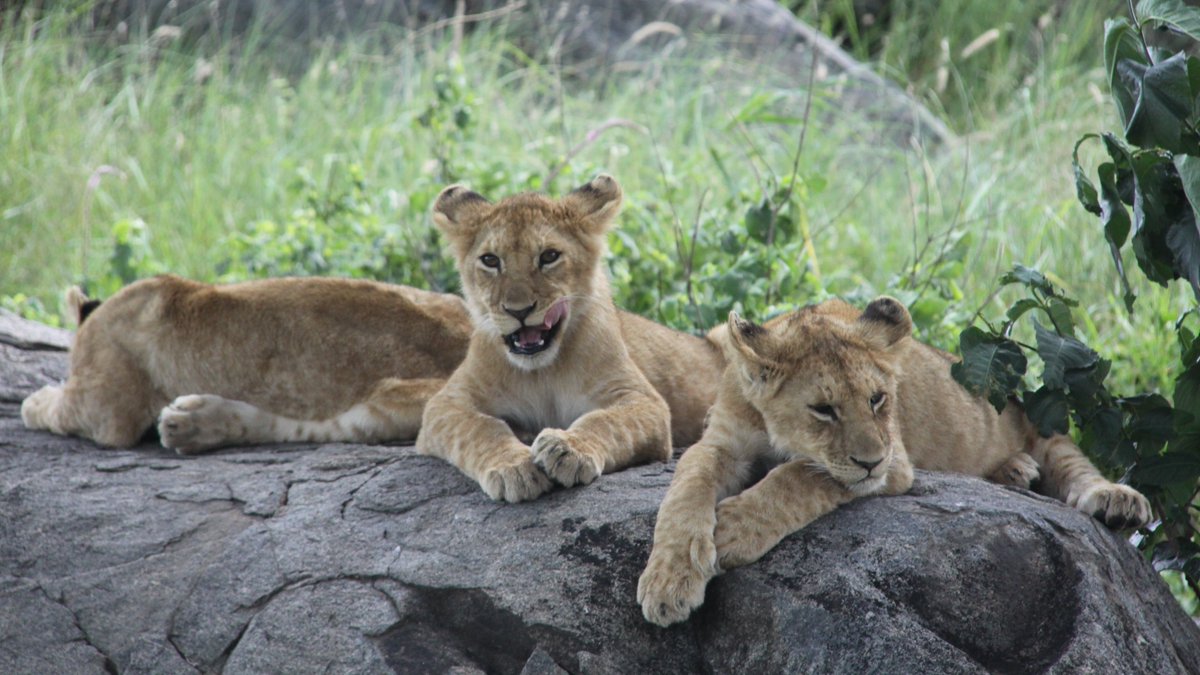Discover and read the best of Twitter Threads about #scienceresearch
Most recents (8)
Have LED lights reduced #LightPollution, or have things gotten worse because of blue light emissions? We have the answer, and it's not good news...
🧵 below, full methodology and results new in @sciencemagazine: science.org/doi/10.1126/sc… #ScienceResearch
(1/)
🧵 below, full methodology and results new in @sciencemagazine: science.org/doi/10.1126/sc… #ScienceResearch
(1/)

Before I tell you what we did, I want you to understand why this is important. Skyglow is a visible symbol of our failure to transition to a sustainable society.
In addition, if skyglow is growing, then all of the ecological impacts of #LightPollution are probably too. (2/)
In addition, if skyglow is growing, then all of the ecological impacts of #LightPollution are probably too. (2/)

So what did we do? It all starts with the #CitizenScience project Globe at Night (GaN), which you've probably seen me boosting before. In GaN, participants select which of a set of star charts most closely matches the sky they see. (3/) 

I'm super excited to share my 1st first-author paper now out in @ScienceMagazine, where we tackle an age-old question in microbiology: How do dormant spores decide to wake up? Turns out that they can count in their sleep using electricity!😴⚡️
science.org/doi/10.1126/sc…
science.org/doi/10.1126/sc…
Bacterial spores are a special type of cell that look and function like microscopic plant seeds: a hyper-resilient DNA bunker that aims to weather bad conditions and reemerge in a better future. They are metabolically dormant, and by all practical means, pretty much dead.
Because of their extreme resistance to most stresses (like heat, UV, dryness, antibiotics), gaining a better understanding of spores has huge implications in healthcare, food safety, and biotechnology.
5 years ago, I proposed using #DeepLearning to predict response to immunotherapy in TCR-Seq.
🧬🧬🧬🧬
Last year, we published #DeepTCR. Today, I am proud to share its application in cancer immunology, now out in @ScienceAdvances #ScienceResearch
🔶🔷🔶🔷
science.org/doi/10.1126/sc…
🧬🧬🧬🧬
Last year, we published #DeepTCR. Today, I am proud to share its application in cancer immunology, now out in @ScienceAdvances #ScienceResearch
🔶🔷🔶🔷
science.org/doi/10.1126/sc…
This project started with a hypothesis that if a specific antigen-specific response was characteristic of responses to immunotherapy, then this should be reflected in the TCR repertoire/sequences.
After all, the TCR repertoire is ground truth for the antigen-specific response.
After all, the TCR repertoire is ground truth for the antigen-specific response.
First, we expand the #DeepTCR framework by allowing featurization of the TCR in context of the HLA background it is found within, overcoming the challenge in making direct comparisons of TCR repertoire in HLA mismatched individuals. 

Our paper in which we demonstrate the vast tunability of optical interactions between levitated glass nanoparticles is published in Science! science.org/doi/10.1126/sc… #ScienceResearch 🧵1/18
Researchers in levitated optomechanics aim to exploit some of the unique features of #opticallevitation for novel quantum control techniques in order to create macroscopic quantum states of the particle motion. 2/18
One such feature is that particles smaller than the laser wavelength behave as “dipoles”: they polarize in phase with the laser. The particle radiates some of this light – like an antenna – in phase with the trapping laser as well. This is what we call “coherent scattering”. 3/18
What do the diets of ice age mammals tell us about the biodiversity crisis?
Our new research in @ScienceMagazine asks how extinction and range loss have affected land mammal food webs globally over the last 130,000 years 🧵
#ScienceResearch science.org/doi/10.1126/sc…
Our new research in @ScienceMagazine asks how extinction and range loss have affected land mammal food webs globally over the last 130,000 years 🧵
#ScienceResearch science.org/doi/10.1126/sc…

We analyzed 4.4 million @Team_eBird records to find out why tropical birds live in narrow slices of mountainside
You won’t BELIEVE what we found
Out today in #ScienceResearch
science.org/doi/10.1126/sc…
w/ @StrimasMackey & @EliotITMiller
You won’t BELIEVE what we found
Out today in #ScienceResearch
science.org/doi/10.1126/sc…
w/ @StrimasMackey & @EliotITMiller

A pinch of pinscher, a dash of 'shund... a pint of pittie for good measure, and what kind of #dog do you get?
Ulti-mutt-ly: a distinct individual.
Happy to share our article on dog genomes, behavior, and MUTTS in @ScienceMagazine! @UMassChan @broadinstitute #ScienceResearch 1/n
Ulti-mutt-ly: a distinct individual.
Happy to share our article on dog genomes, behavior, and MUTTS in @ScienceMagazine! @UMassChan @broadinstitute #ScienceResearch 1/n
Even the most mixy of #mutts cannot escape the question: what's in the sauce? For the first time, we unravel the genomes of mutts (1500+ dogs of mixed or mystery heritage) and what they can show us about the inheritance of behavior. 2/n
Research was made possible thanks to the thousands of dogs enrolled in our Darwin’s Ark project (darwinsark.org). @darwinsarkfnd
See: dog tax attached #communityscience #citizenscience #CitizenScienceMonth 3/n
See: dog tax attached #communityscience #citizenscience #CitizenScienceMonth 3/n
Perceptions of #dog breed temperments are ingrained in our culture. Breed #stereotypes play out in dog parks, show up in city ordinances & leases, are celebrated at dog shows, and infuse Hollywood movies... but what if I told you dog temperment doesn't work like that? 1/n 

ANNOUNCING OUR NEW, AT-LEAST-8-YEARS-IN-THE-MAKING-BUT-WHO'S-COUNTING, +FANCY-GENOMICS #DOG temperment PAPER!!!! @UMassChan @broadinstitute @karlssonlab @darwinsarkfnd #ScienceResearch @iaabc 2/n science.org/doi/10.1126/sc… 

Before I unpack our findings, I have a conflict of interest to disclose: I AM A CAT PERSON. 3/n





